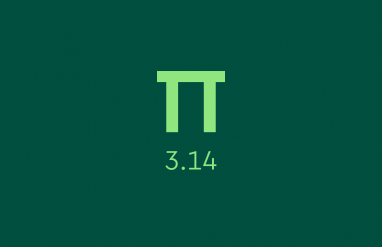Raise your hand if you’ve ever made an exploding volcano. For a lot of us, that volcano project was a key milestone of our science fair years. (And if you didn’t build it, chances are, one of your classmates definitely did.)
As you might recall, the project requires a few key ingredients, including dish soap, white vinegar, baking soda, and food coloring. All of these are assembled in an empty soda bottle, and then, boom … there’s that thrilling moment of success when the volcano oozes red liquid all over the place!
But what is this red liquid? What do we call it when it spews out of a real volcano? Is it lava that pours out or magma that sends anyone nearby running?
Are magma and lava actually synonyms that can be interchanged? Let’s take a closer look.
What is magma?
Magma is a noun typically used in the study of geology, and it can be defined as “molten material beneath or within the earth’s crust, from which igneous rock is formed.” So magma is the hot material, that later turns into rock, found below Earth’s surface.
There are three basic types of magma that differ in their mineral compositions, according to National Geographic. The three kinds are known as basaltic, andesitic, and rhyolitic.
Magma is first recorded in English around 1400–50; it means “dregs, leavings” in Latin. The older Greek word mágma, means “kneaded mass, salve.”
What is lava?
Lava is defined as “the molten, fluid rock that issues from a volcano or volcanic vent” or “the rock formed when this solidifies, occurring in many varieties differing greatly in structure and constitution.” So this is the molten rock that pours out of a volcano or from a crack in the earth, according to its scientific definition.
Lava typically flows at a rate of a few kilometers per hour and depending on its composition, it usually erupts between 1,472°F and 2,192°F. The igneous rock that forms when this substance cools is also referred to as lava when it’s above Earth’s surface, and it can harden with a glassy or grainy appearance.
How to use each word
Since both lava and magma deal with molten material that forms igneous rock, are these two terms synonyms? Not exactly. According to National Geographic, the key difference between the two is location: magma is the molten rock still underground while lava is the material that flows or erupts from the surface.
For example:
- Despite common misconception, those killed in Pompeii didn’t die from the eruption of lava spilling over them; instead they were buried under volcanic ash that poured over the town.
- He had a dream that he was exploring deep below Earth’s surface and his shoes were melting as he tried to walk across the magma.
- With the baking soda volcano experiment, the lava that erupts from the bottle is due to a chemical reaction that occurs when the baking soda mixes with the vinegar, creating carbon dioxide.
If you should ever encounter magma or lava in real life (which we sincerely hope you don’t), you’ll be prepared to explain the difference. And—bonus!—you’ll definitely impress everyone at the next science fair with this knowledge.














